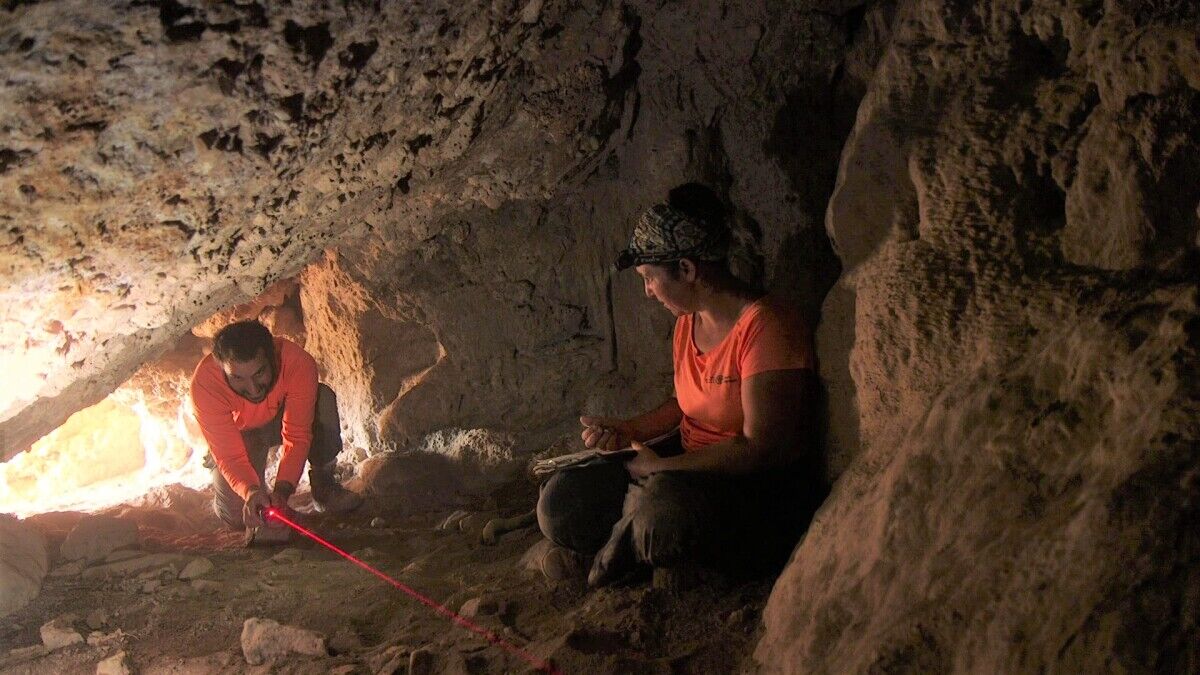A silver half-shekel coin, dating to the first year of the Great Revolt, was discovered in the En Gedi Nature Reserve.
For six years, the Israel Antiquities Authority (iaa), the Ministry of Heritage and the Staff Officer of the Civil Administration Archaeology have been conducting the “Judean Desert Survey.” This project aims to retrieve archaeological treasures before looters get to them.
On one side, the coin, which dates to 66–67 c.e., bears an inscription in ancient Hebrew script that reads, “Holy Jerusalem,” as well as an engraving of three pomegranates. The other side depicts a chalice with the Hebrew letter “aleph,” which indicates the coin was minted in the first year of the revolt.
Found at the entrance to one of the caves, archaeologists theorize that this coin, minted in Jerusalem, was in the pocket of a rebel and fell out during their escape to the desert.

After the Great Revolt began in 66 c.e., limited minting of bronze coins was granted to certain local rulers. To assert dominance and independence, the rebels began minting their own currency. Yaniv David Levy, iaa numismatic scholar, wrote:
Coins from the first year of the Revolt, such as this one, are rare. During the Second Temple period, Jewish pilgrims used to pay a temple tax in half-shekel coins. For about two centuries, Tyrian-minted coins, made of fine silver and a status symbol in the region, were used for this contribution. During the revolt, the rebels minted alternative coins inscribed with “Shekel Israel,” “Half-Shekel” and “Quarter-Shekel.” It seems that the rituals in the temple continued during the revolt and these coins were now used by the rebels.
The value of a revolt coin was greater than just the silver it was made with. “Coins are very symbolic,” numismatics expert Dr. Yoav Farhi said, in an interview with the Armstrong Institute of Biblical Archaeology late last year (following the discovery of a similar coin during our excavations on the Ophel). “Striking a new coin was not unimportant; it provided the Jews an opportunity to develop their own national symbol. With this coin, it not only showed the Romans, ‘We can strike silver coins without your permission,’ it also replaced the somewhat offensive coins that were used for the temple tax.” (See the full interview transcript here, and video at the end of this article.)
The Romans used depictions of animals, rulers and gods on their coins. The Torah, however, prohibits such images of deities and deified rulers. The Jews used vegetal and temple-related religious motifs. And by choosing the archaic Hebrew script for their coinage, the Jewish rebels were reinforcing their defiance and desire to return to their administrative roots from centuries past.
The timing of the release of this discovery—a day before the start of the Jewish fast day of Tisha B’av—is no coincidence. It is a day of mourning that commemorates, among other things, the temple’s destruction by the Romans.
About the discovery, iaa director Eli Eskosido said:
The discovery of the half-shekel coin is yet another gift that the Israel Antiquities Authority bestows on the Israeli nation: first-hand evidence of a turbulent period in the history of our people 2,000 years ago, in a period of extremity and discourse that divided the nation and led to destruction. After two millenniums we have returned to our country, and Holy Jerusalem is again our capital. The find of the coin at these times is a reminder for us of what happened in the past, teaching us the importance of working toward unity.

